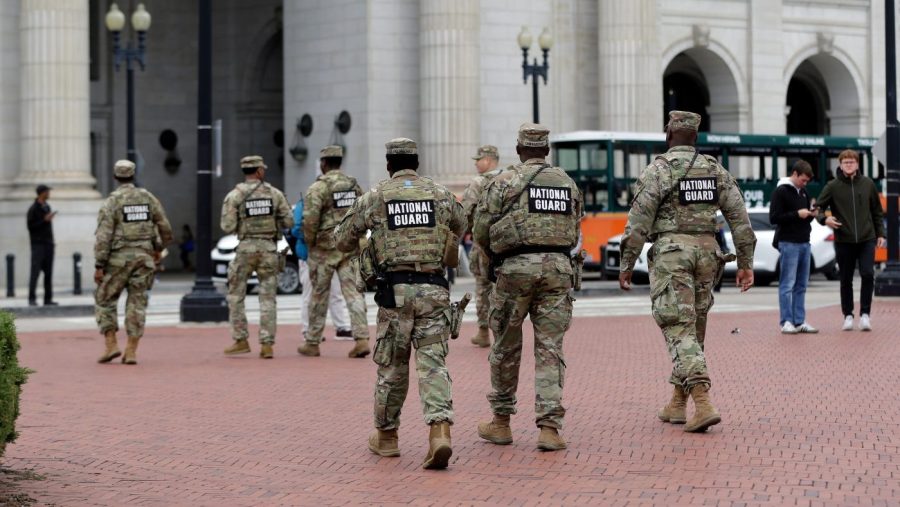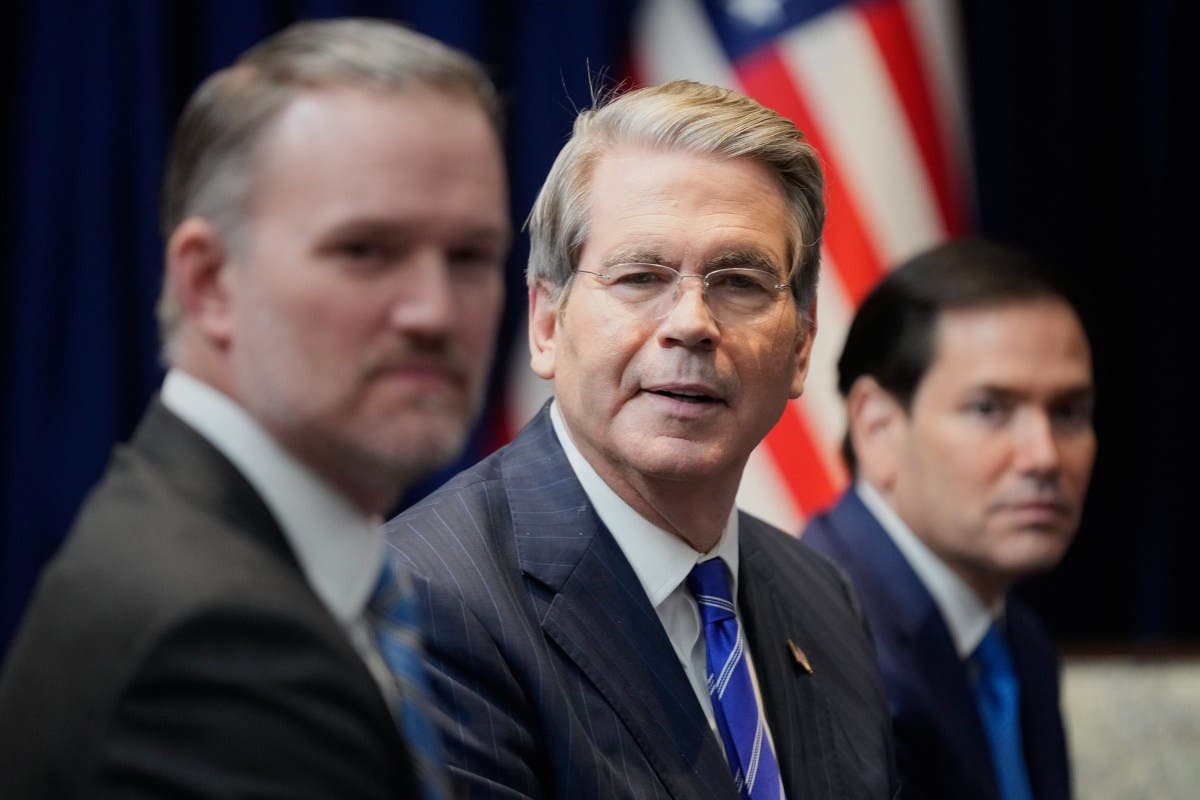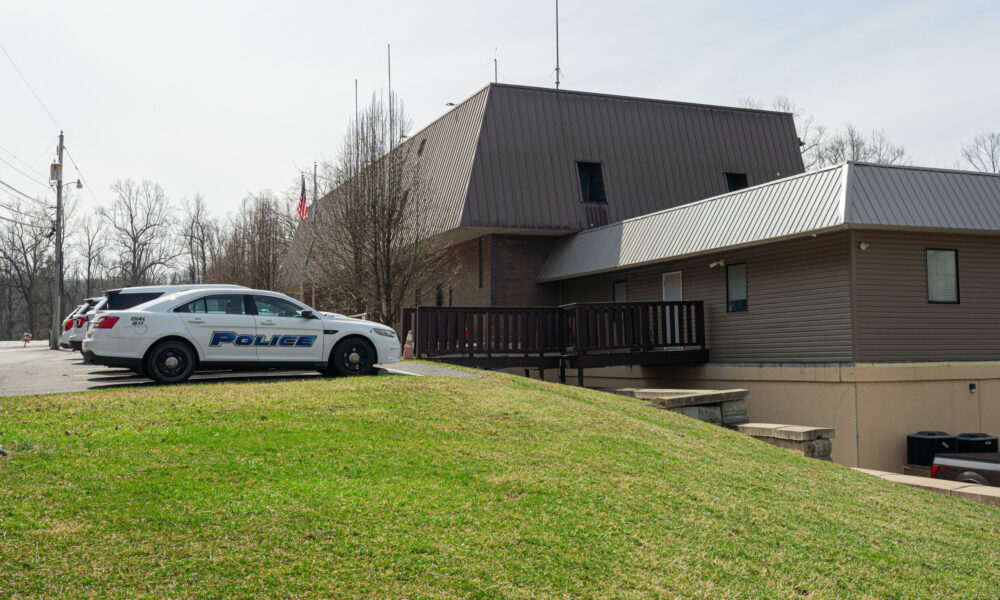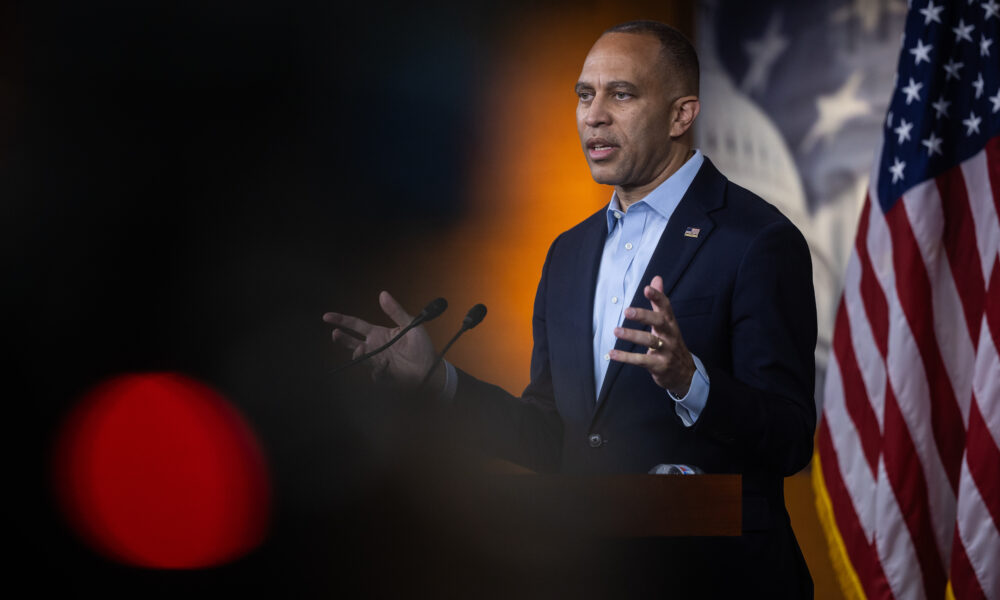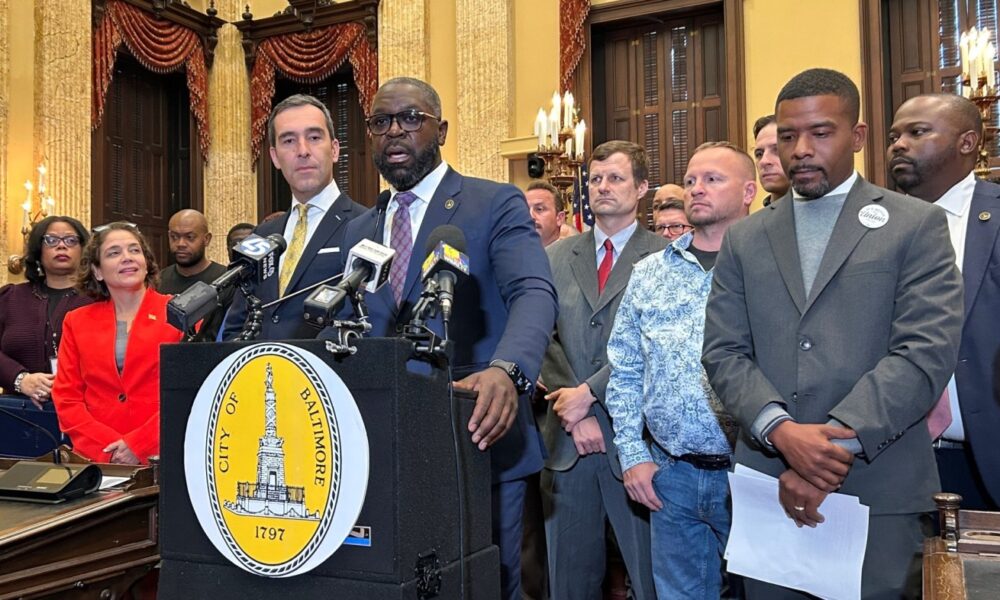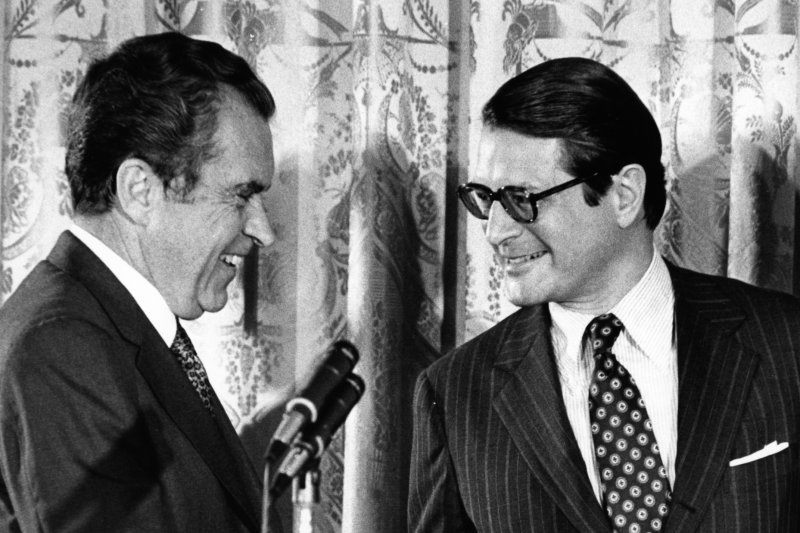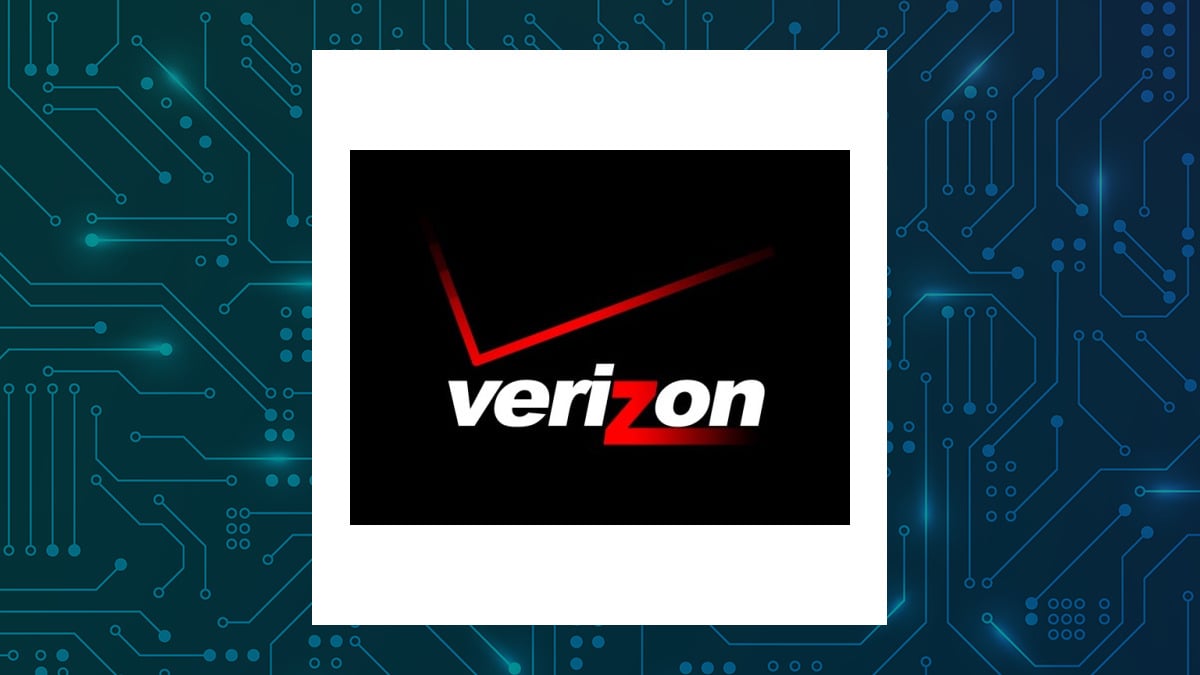The Pentagon has ordered the formation of a **quick reaction force** (QRF) comprising approximately **23,500 National Guard troops**. These forces are being specifically trained in crowd control and civil disturbance management. According to a memo dated **October 8, 2023**, this initiative aims to ensure the troops are ready for deployment to cities across the United States by early next year.
The decision comes in response to growing concerns over civil unrest and the need for preparedness in urban areas. The National Guard Bureau, which oversees the training and deployment of these forces, has emphasized the importance of having a rapid response capability in place. The leaked memo detailing this directive has been reported by several reputable news outlets.
Details of the Quick Reaction Force
The QRF will consist of units trained to address various scenarios involving civil disturbances. Troops will undergo extensive training programs to ensure they are equipped to manage large crowds effectively and maintain public safety. These measures reflect a proactive approach by the Pentagon to enhance national security and public order during times of potential unrest.
While specific locations for these deployments have not been disclosed, the Pentagon has indicated that the QRF will be available to respond to incidents in multiple urban centers. The aim is to have these troops on standby and ready to mobilize as needed.
Implications for Civil Society
The establishment of a QRF raises important discussions regarding the balance between security and civil liberties. Critics have voiced concerns about the militarization of local law enforcement and the implications for community relations. The National Guard’s involvement in civil situations could lead to heightened tensions, particularly if residents feel their rights are being compromised.
Supporters argue that the presence of a well-trained force can deter potential unrest and provide necessary assistance during crises. According to experts, having a dedicated QRF could also alleviate the burden on local police forces, allowing them to focus on community policing initiatives.
As this plan unfolds, the National Guard Bureau will likely face scrutiny from civil rights organizations and community leaders. Public discourse around these developments will be crucial in shaping the response to potential civil disturbances in the future.
The implementation of this quick reaction force represents a significant step for the Pentagon as it adapts to an evolving security landscape. As early preparations continue, the emphasis on training and readiness will be critical in ensuring the effective deployment of these troops, should the need arise.

